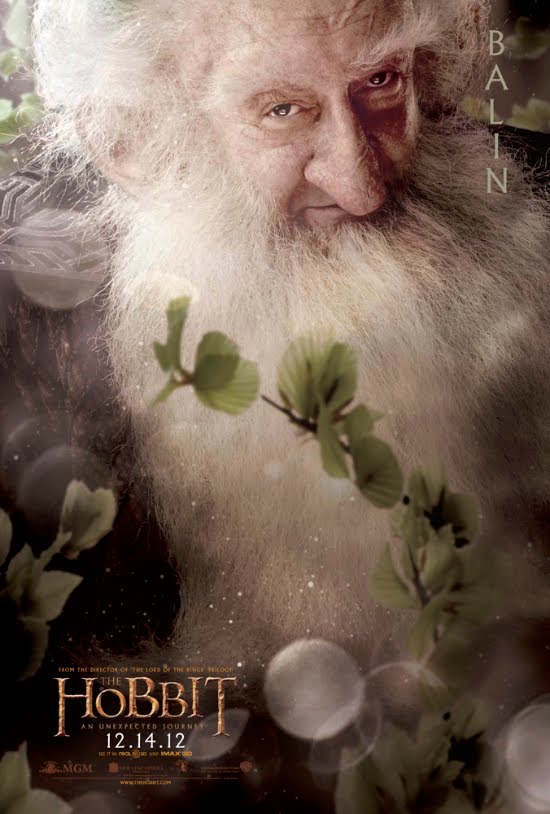Sound and shade certainly did. “Percepto,” the product that stunned audiences from below their chairs, did not.
The newest film technique advancing for cinemas this holidays is “high shape rate” technological innovation, and film director Chris Fitzgibbons considers it will be the next big factor at the multiplex.
His new film, “The Hobbit: An Unexpected Journey,” was taken at 48 supports per second. That is dual the 24-frame market conventional, which has decided for more than 80 decades.
Some who have seen the film at 48 supports per second amazing at its clearness and great quality, which is especially extraordinary to make black moments come to lifestyle. But others have reported that it is too genuine, creating “The Hobbit” seem less like a film and more like something you might see on a high-definition TV or even videos clip gaming.
“Like viewing a high-end house film,” The show biz industry company document Extensive range groused.
Jim Vejvoda of the fan website IGN also discovered it jarring. “The 48 fps demonstration of ‘The Hobbit’ looks like the biggest BBC or PBS development ever,” he had written.
Only about 450 cinemas of more than 4,000 in the U.S. and North america enjoying “The Hobbit” will use the great shape quantity technology; the relax will be at the conventional rate.
In The show biz industry, though, most consider 48 FPS a must-see.
“As a film maker I really like decent up one of the few factors remaining in film display, so even if I do not think it’ll be for me, I’m just thrilled to see what it looks like,” said “Looper” film director Rian Brown.
Download The Hobbit Movie : After participating the film's elite in New Zealand the other day, “X-Men” film director Bryan Musician tweeted that he had “serious shape quantity jealousy.”
The more slowly 24 FPS became the conventional in the delayed Twenties. It appeared as a bargain between those who desired to cut expenses — less supports per second needed less real film — and those looking for a quick enough rate to make organic audio during the introduction of “talkies.”
Over time, 24 supports became ingrained in the psyches of filmmakers and audiences. Anything quicker just does not look quite right.
“It clearly requires some getting used to,” said “Hobbit” celebrity Ian McKellen. “Probably a youngster who is not seen many movies will instantly take it and appreciate it. I think the relax of us may have to get used to it.”
Most new technology that modify the moviegoing encounter created carping before they were eventually approved, from audio to shade to 3-D — the Nineteen fifties fad that came returning in design with the achievements of Wayne Cameron’s “Avatar” during 2009.
But film record is also filled with enhancements that never captured on. Moreover to Percepto, useless in which power buzzers were connected to the bottom of chairs for audiences viewing the 1959 scary film “The Tingler,” other unsuccessful developments consist of smell-o-vision and Cinerama, the wide-screen structure.
Shooting with more supports per second provides unquestionable advantages. It allows remove strobing, the playful impact triggered when an item on-screen or the electronic camera itself goes too quick for film to keep up. It can also creates the display lighter because the projector shutter is shut less often.
“What it should do is deal with the disadvantages of a shape quantity recognized almost 100 decades ago by individuals who did not want to waste your cash than they had to,” said manufacturer Jon Landau, who with company associate Cameron is considering capturing the adhere to up to “Avatar” as quick as 60 FPS.
As a first effort at 48 FPS, “The Hobbit” is sure to contain faults that can be resolved later on. Adopting modify indicates embracing the prospective to get some things wrong and to understand from them.
“It’s all about studying how to take these new resources and still provide a film overall look and feeling,” Landau said.
But it’s not obvious whether any administrators besides Cameron will adhere to in Jackson’s direction. “Avatar 2” is the only film beyond “The Hobbit” trilogy for which a higher shape quantity has been openly mentioned.
“Forty-eight supports has never come up in any of our events with significant filmmakers as something individuals are thinking about,” said a mature professional at one facilities who asked for privacy for worry of annoying Fitzgibbons.
Money is not a problem, since capturing at 48 FPS on a photographic electronic camera does not price a cent more. The only included price on “The Hobbit” was several thousand money for computer graphics that had to be created for twice as many supports (a relatively moderate quantity in a $250-million-plus production).
And it’s very unlikely to impact the film's box workplace. Reviews indicate “The Hobbit” should be a large hit, whether solution customers opt for 48 or 24 FPS, in 3-D or 2-D, on Imax or regular-sized displays.
Nonetheless, audiences’ responses to great shape quantity will issue significantly to those behind the image.
Jackson has secured much of his reliability with lovers on the new technological innovation, stating that he has “absolute perception and faith” in it. And Warner’s go of submission, Dan Fellman, has expected that after the first “Hobbit” allows audiences heated up to the structure, next season's adhere to up “The Desolation of Smaug” will perform at 48 FPS in a large number of cinemas.
Whether audiences and the market end up sensation that great shape quantity immerses them in Middle-earth or changes the multiplex into HDTV, Fitzgibbons has already prevailed in one mission: An whole market is discussing a query that, for 80 decades, nobody had believed to ask.
“As filmmakers, we have to keep using the technological innovation available to us,” the film director said. “Rather than say, ‘You know what? We actually peaked in 1930 so let us not modify anything.’”















